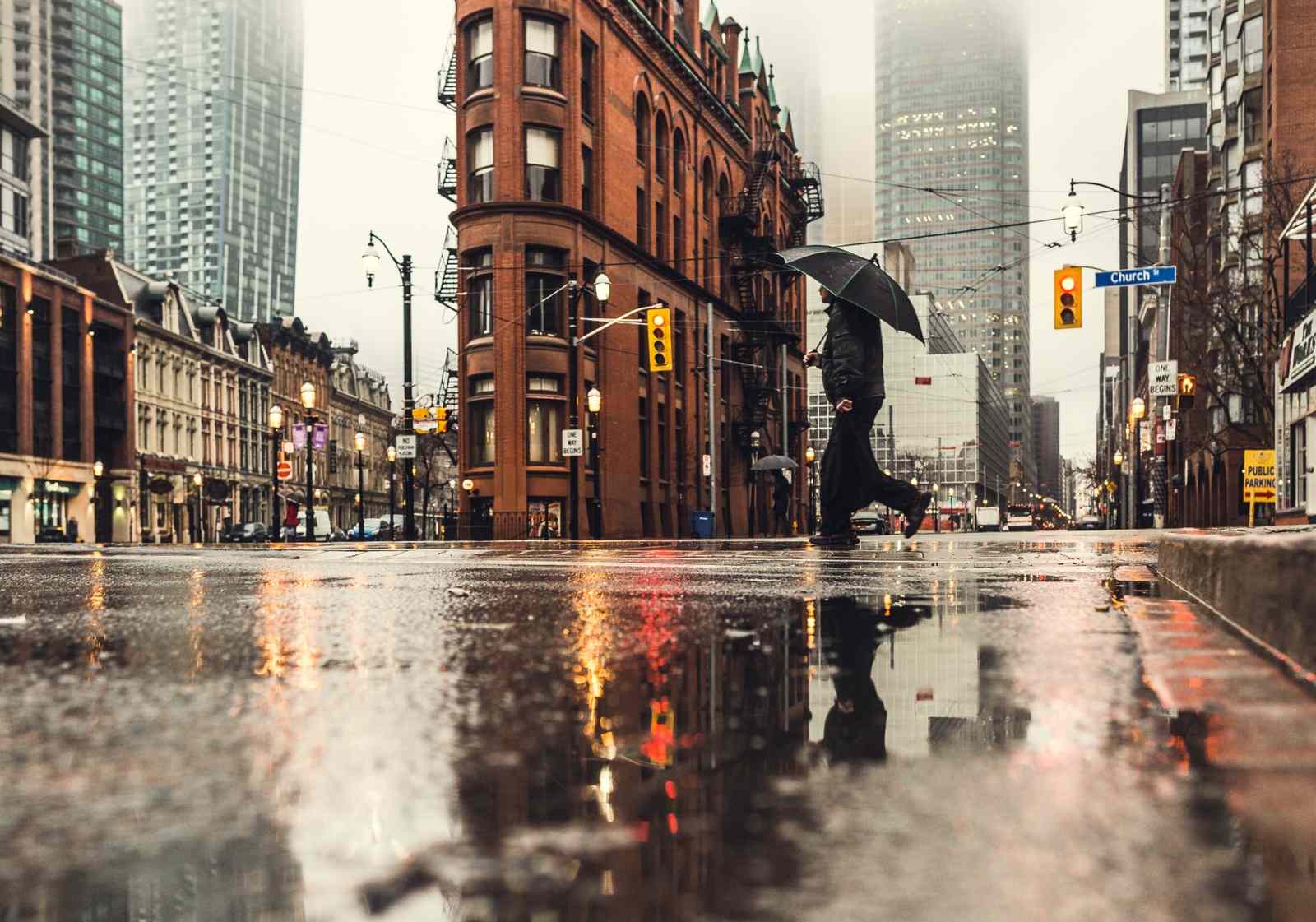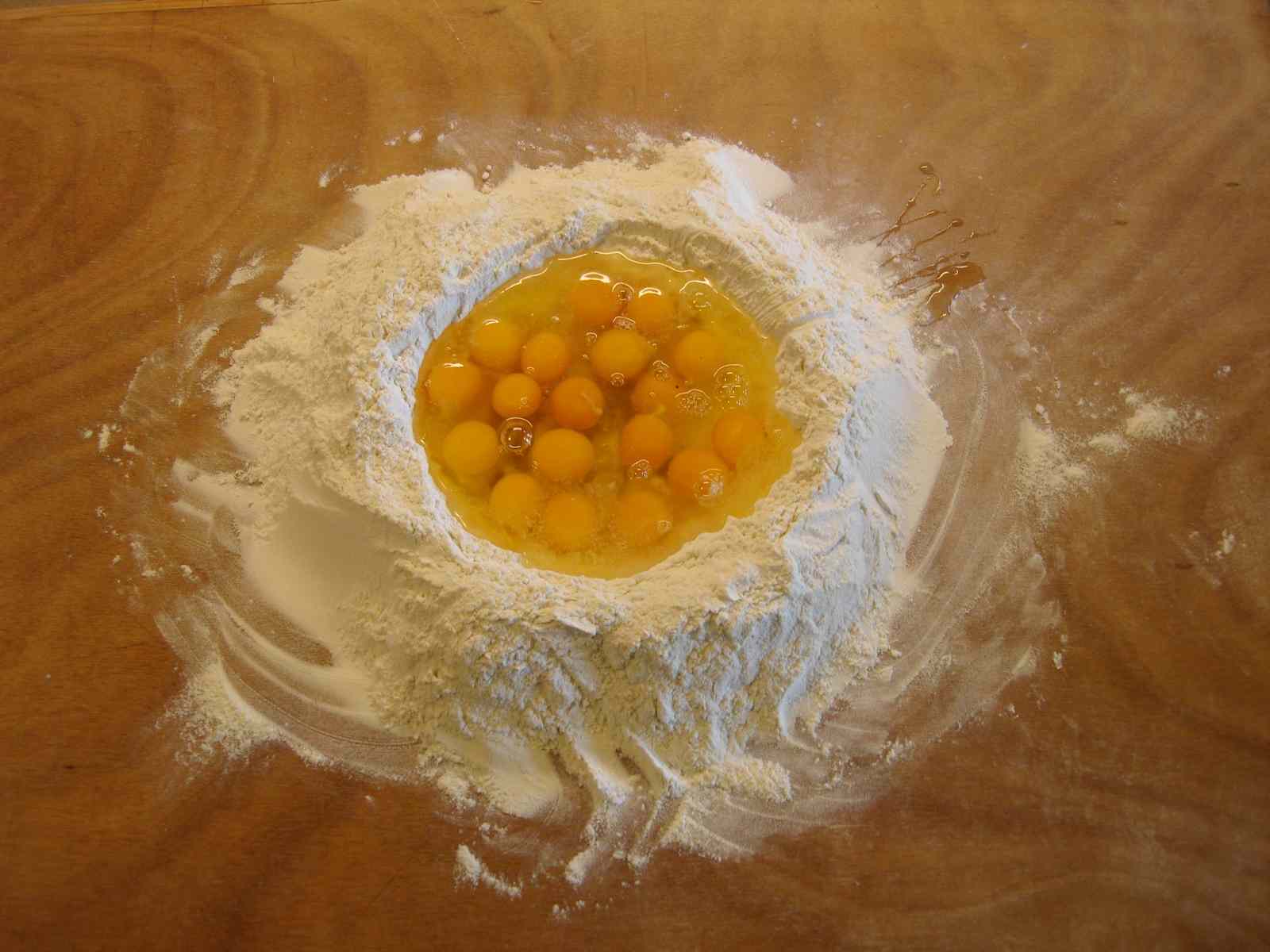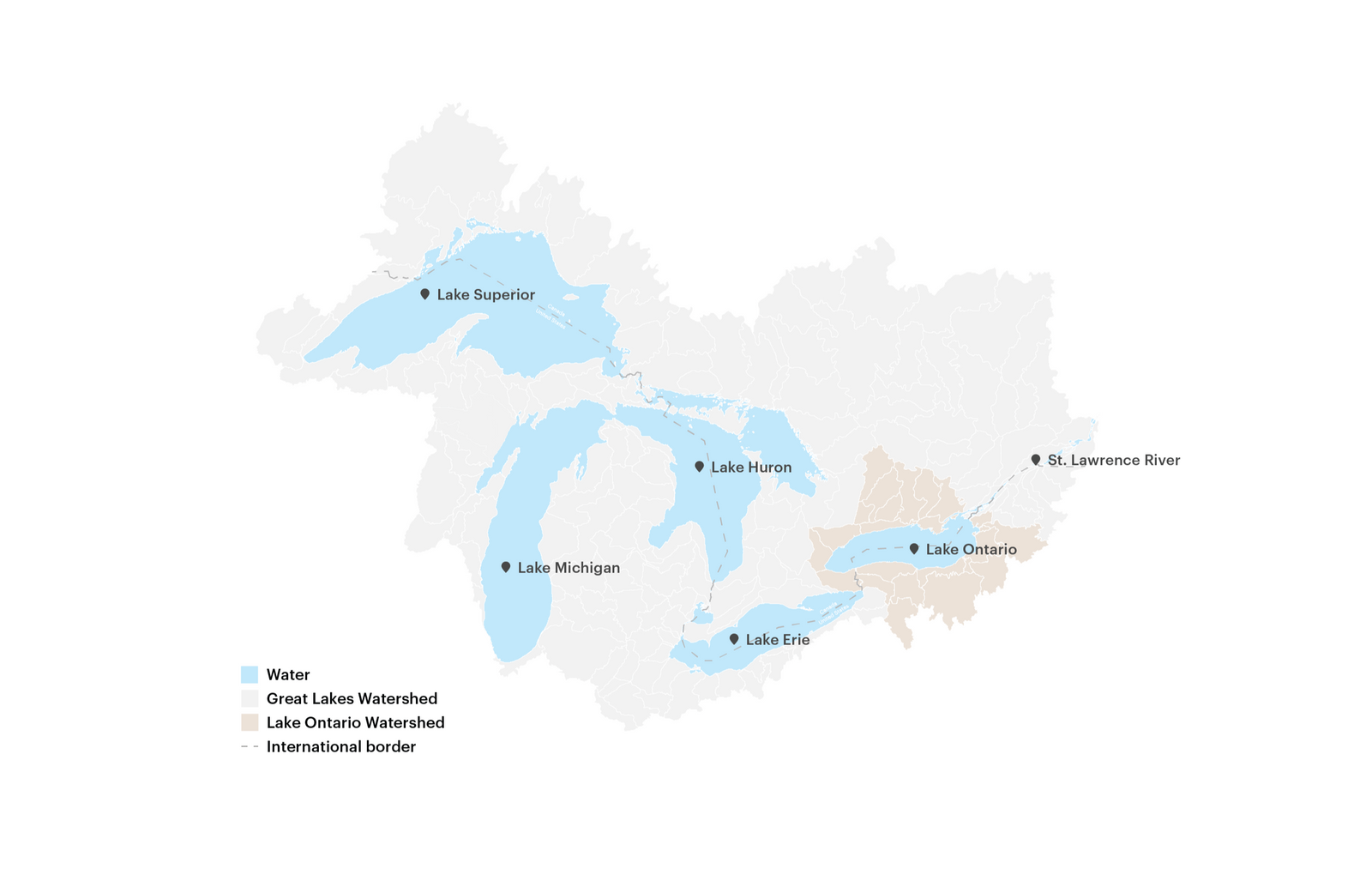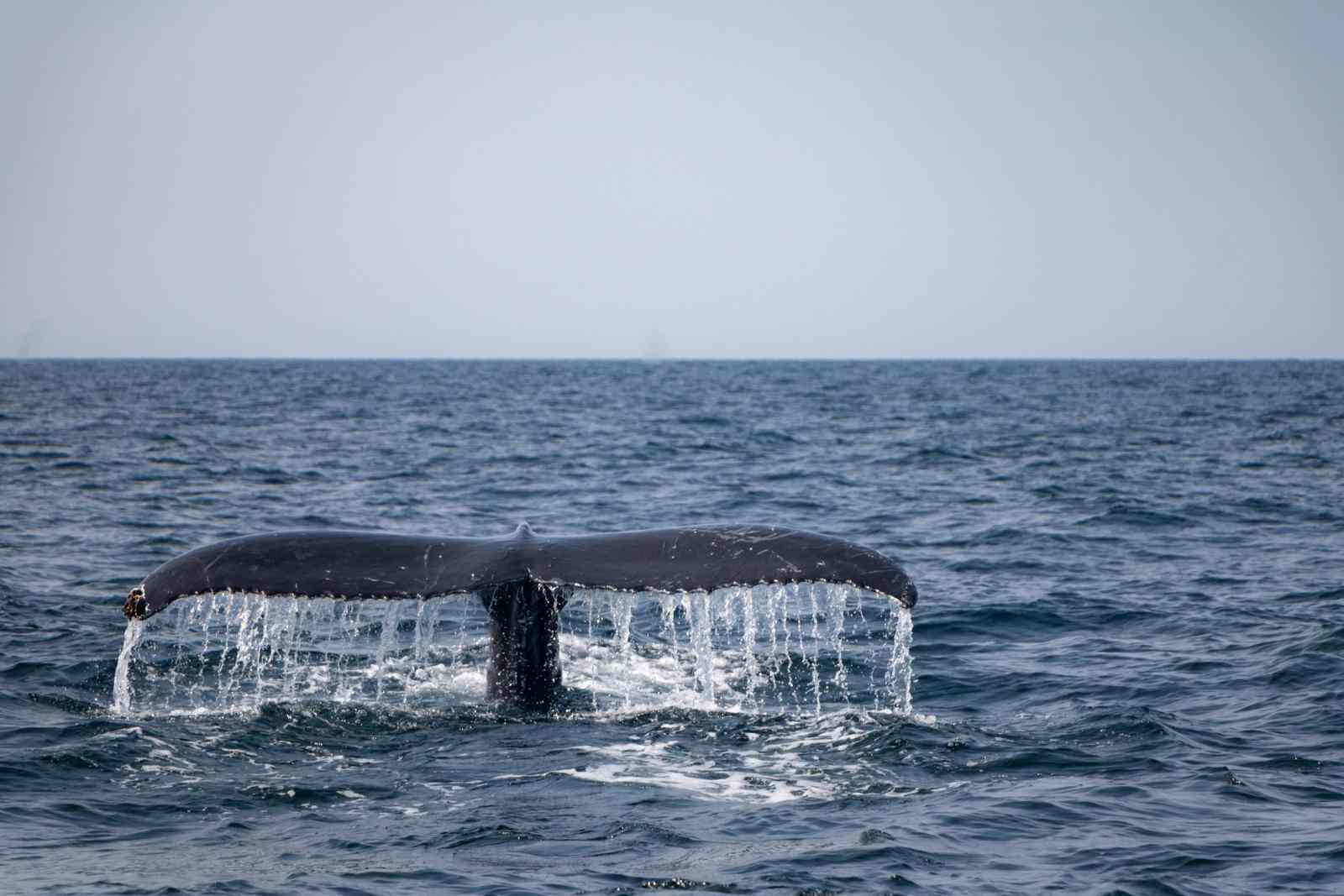Published February 27, 2019
Everyone on Earth lives in a watershed. But what exactly is it?
Not to be confused with a “water closet” (which is an old-fashioned name for a bathroom), a watershed is the very land that you live on. Put simply, a watershed is a particular area of land that drains surface water down to a single point. This point could be a river, a lake, or an ocean.
Watersheds are also known as “Drainage Basins” and are responsible for collecting all of the water on land that does not get evaporated or transpired. This can include everything from melted snow and rain, to the coffee that you spilled on your way to work this morning.

How are watersheds defined?
The topography, or shape, of the land defines a watershed. The highest ridge that surrounds an area will act as a barrier to the flow of water. This ridge is called a “Drainage Divide” and will ensure that water flows into its own basin, and not into another.
Think of the drainage divide like the flower when making pasta: you create a ridge with the flower so that the egg (the water) doesn't flow out onto your counter.

A watershed is not only defined by topography, but also by what common body of water it flows into. Small watersheds can combine to drain into another, larger common body of water, making that group of small watersheds one big watershed. This might sound confusing, but think of it like a jigsaw puzzle. Small pieces (watersheds) can be combined until we have a simpler puzzle with fewer (and larger) pieces.
Take the Lake Ontario watershed for example. All of the surrounding small watersheds eventually flow into Lake Ontario, making up one big “Lake Ontario watershed.” This watershed combines with Lake Huron’s watershed, Lake Superior’s watershed, and all of the other Great Lakes until you have one massive “Great Lakes watershed.”

Where does the water go?
The land that makes up each watershed acts as a funnel. Water will slowly drain over, through, or under the land and end up in a single, nearby body of water. Eventually, all of this water will move into larger lakes and rivers, until it reaches the ocean.
If you live in the Great Lakes region, the rain that falls in your backyard might end up here (image below), in the Gulf of the St. Lawrence, headed to the Atlantic ocean!

Our health, economy, and environment all depend on healthy watersheds. This is the water that we drink, bathe in, and use to support crops, wild plants, and animals. We live and play in our watersheds. So let’s make sure that they are well taken care of.
What watershed do you live in? Visit waterkeeper.ca for tips on protecting your watershed.
